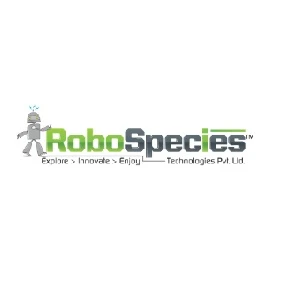Virtual reality changes the way children interact with educational material, making lessons more engaging and realistic. It lets you learn more than what's in the textbooks, which sparks your curiosity and understanding. These benefits show why virtual reality in primary education is becoming more and more important.
Benefits of VR in Primary Education
Virtual reality engages students, making learning fun. Many schools utilise this technology because it helps students focus and comprehend.
· Enhanced Engagement
Virtual reality gets students' attention by putting them in real-life situations where they can actively participate. As a result, students remain focused longer and feel more engaged with the topic. Consequently, their motivation and interest in lessons greatly rise.
· Safe Experiments and Exploration
In virtual reality, children can try out historical or scientific settings without any real-life risks. This controlled environment enables children to make mistakes, learn from them, and repeat activities safely. Thus, they feel surer of themselves before putting concepts outside the real world.
· Simplifying Abstract Concepts
Virtual reality helps students see things that are tricky to physically observe or understand in three dimensions, like atoms, ecosystems, or ancient cities. This makes abstract concepts more real and easier to comprehend. As a result, students understand and remember lessons more effectively.
· Personalised Learning Experiences
VR adjusts lessons to each student's needs and lets them explore at their own pace. Learners can go over things again and again until they fully understand them. As a result, it supports individualised teaching, which helps all students learn as much as they can.
Use Cases of Virtual Reality in Primary Education
Classrooms employ VR to create realistic experiences. These realistic apps teach children and demonstrate how virtual reality in primary education may be utilised.
· Virtual Field Trips
Students can visit historical sites, lost civilisations, or faraway ecosystems by using VR headsets. Immersive travel gives them a sense of scale and importance that they can't get from reading books. As a result, they learn more about history, culture, and geography.
· Interactive Science Labs
VR lets kids experiment, monitor molecular activity, and explore ecosystems without materials or hazards. This hands-on method combines theory lessons with real-life virtual experience to make learning more effective. Moreover, students can do trials again and again at any time to further acquire knowledge.
· Language and Cultural Learning
Students can improve their language skills in VR by interacting with virtual characters or visiting places in other countries. This experience helps people improve their speaking, listening, and understanding in a real-life setting. Simulating real-life scenarios in different parts of the world also helps people understand other cultures.
· Historical Role-Playing and Storytelling
With VR, students can play out historical events or stories by taking on historical roles. This hands-on method builds awareness and knowledge of the situation. As a result, teachings become memorable by connecting facts to immersive experiences.
AR VR labs are engaging, interactive spaces that change the way people learn. When used in primary school, virtual reality improves students' involvement, knowledge, and imagination. It also gets kids ready for a technologically advanced future and makes learning fun and useful.



